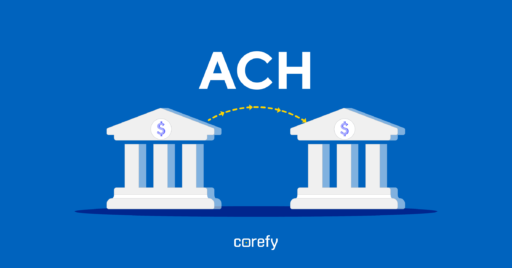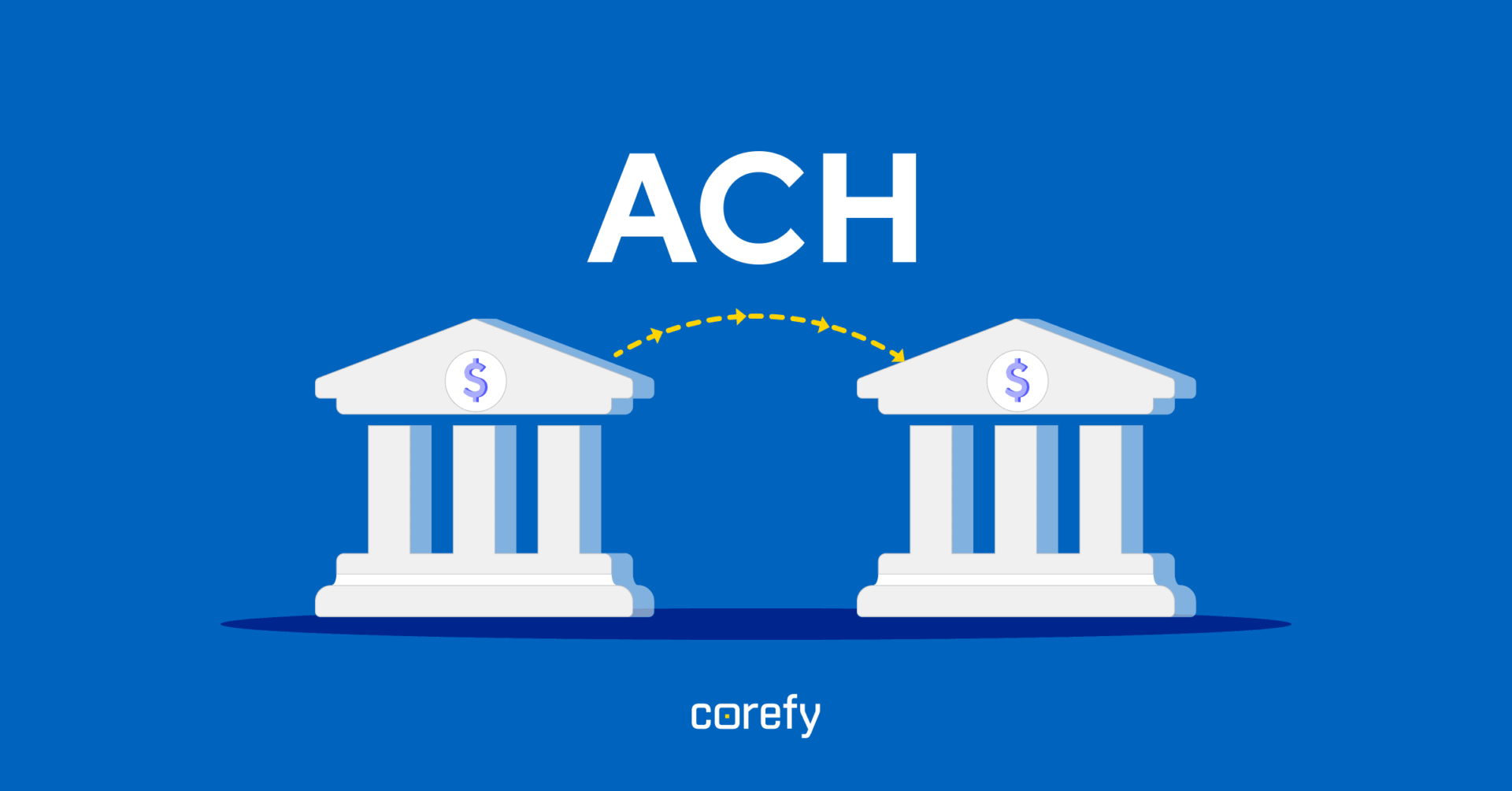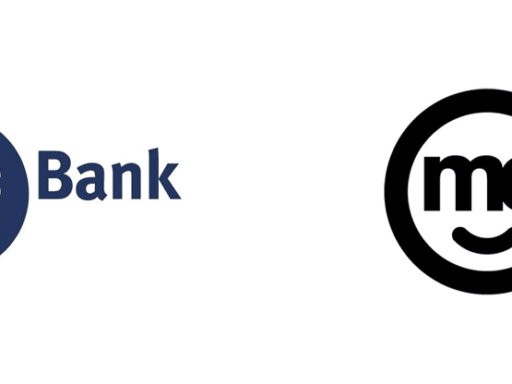Ever wondered how money moves seamlessly between bank accounts without the hassle of checks or cash? That’s where ACH payments come in. ACH, or Automated Clearing House, is a network that makes electronic bank transactions possible.
Let’s dive into what ACH payments are and why they might be the perfect solution for your business or personal finances.
What Does ACH Mean?
ACH stands for Automated Clearing House, a network that facilitates electronic money transfers between banks in the U.S. Established in the 1970s, it was created to streamline the growing volume of paper checks. Today, it processes billions of transactions annually, including direct deposits and bill payments.
How Do ACH Payments Work?
ACH payments work through a network that connects banks and financial institutions to process transactions. Here’s a simple breakdown:
- Initiation: One party (the originator) requests a payment, either by pushing funds to another account (direct deposit) or pulling funds from an account (direct payment).
- Formatting: The payment details are formatted into a standardized ACH file format.
- Submission: The originator submits the ACH file to their financial institution or a third-party ACH processor.
- Processing: The ACH network batches these requests and processes them at specific intervals, usually in two settlement windows per business day.
- Completion: Funds are transferred securely between the originator’s and receiver’s accounts, usually within one to three business days.
Types of ACH Payments
There are two main types of ACH transactions:
- Direct Deposit: Money is pushed to an account, like payroll, government benefits, or tax refunds.
- Direct Payment: Money is pulled from an account, such as for bill payments, subscriptions, or loan repayments.
Benefits of ACH Payments
Why should you consider using ACH payments? Here are some compelling reasons:
- Cost-Effective: ACH fees are typically lower than credit card or wire transfer fees, often under £1 per transaction.
- Secure: ACH transactions are generally safer, with built-in fraud prevention measures and strict regulations.
- Convenient: Set up recurring payments and forget about late fees. Your payments are automated!
- Faster Transactions: Funds move quicker than traditional checks, improving cash flow.
- Reduced Paperwork: ACH payments eliminate the need for paper checks and the associated storage and handling costs.
Setting Up ACH Payments
Getting started with ACH payments is straightforward:
- Choose a Processor: Select a reliable ACH payment processor—your bank or a third-party service.
- Complete Setup Forms: Provide your bank details and authorize transactions.
- Select Payment Types: Decide if you’ll use ACH credits (outgoing) or debits (incoming).
- Review Terms: Understand fees, processing times, and any limits to avoid surprises.
- Obtain Authorization: Obtain written authorization from the payer or payee before initiating transactions.
ACH payments are a game-changer for managing your finances. They offer a blend of efficiency, security, and cost savings that traditional methods can’t match. If you’re looking to streamline your payment processes, embracing ACH payments is a smart move for businesses and individuals alike




